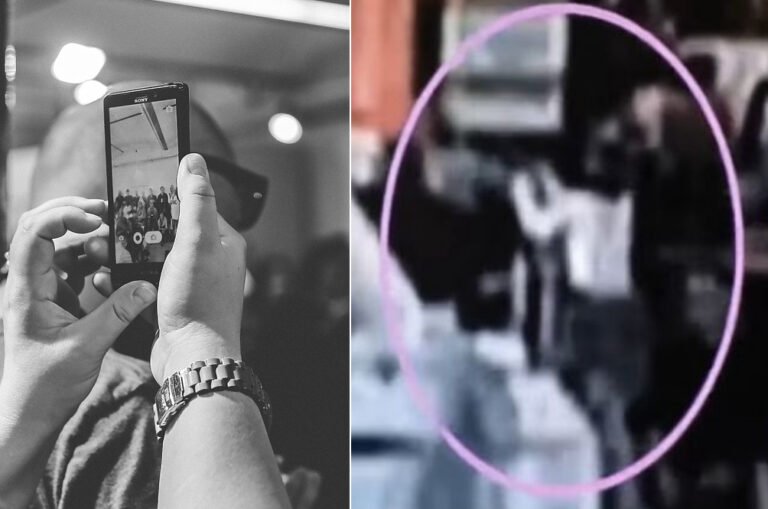Resolving CCTV Camera Flickering Problems

You’re frustrated with your CCTV camera flickering, and it’s time to fix it once and for all. Start by checking your power supply for any thorough issues. Inspect and secure all cable connections; loose wires can cause disruptions. Evaluate your…

